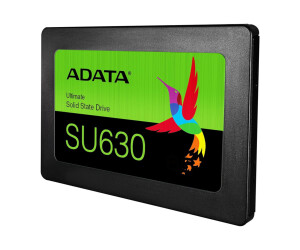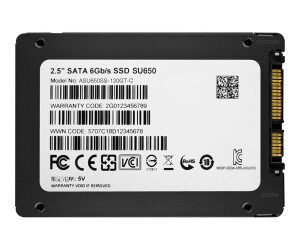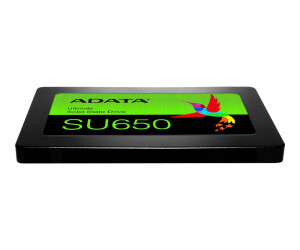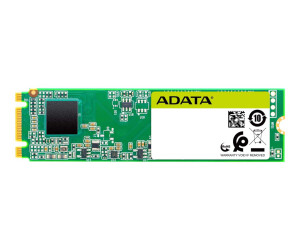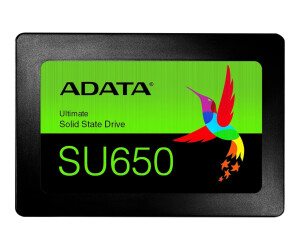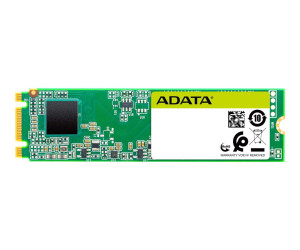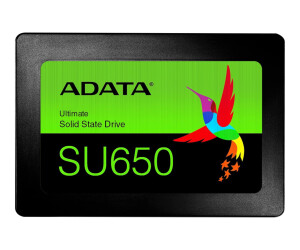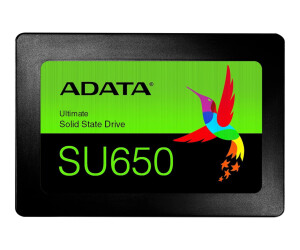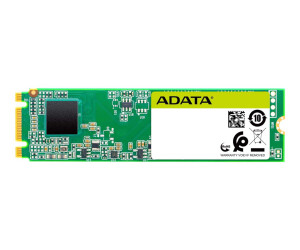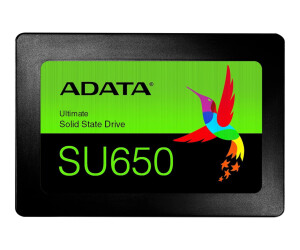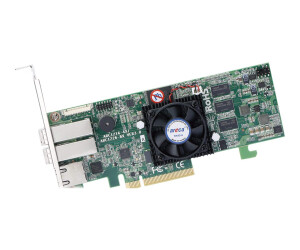Serial ATA
Serial ATA
Serial ATA (SATA) is a type of hard drive that is widely used in computers and other electronic devices. SATA was developed to replace older hard drive interfaces such as Parallel ATA (PATA) and offers improved performance and reliability.
A typical SATA hard drive consists of a magnetic disk, a read/write head, a motor to spin the disk, and control electronics. The disk itself is composed of multiple magnetic platters arranged in a sealed enclosure. The read/write head floats just above the surface of the platters, allowing for the reading and writing of data through magnetic fields.
The SATA interface consists of a data cable and a power cable. The data cable transfers data between the hard drive and the computer's motherboard. It is a flat ribbon cable typically with 7 pins, although newer versions may use more pins for faster data transfer rates. The power cable supplies the necessary electrical power to the hard drive.
SATA offers several advantages over older hard drive types such as PATA. One of the most significant improvements is the higher data transfer speed. SATA hard drives can transfer data at speeds of up to several gigabits per second, resulting in overall faster system performance. Additionally, SATA allows for easier and more flexible connection of hard drives, as the cables are smaller and easier to handle compared to PATA.
Another advantage of SATA is its hot-swap capability, which means that hard drives can be replaced while the computer is running without the need for a shutdown. This is particularly useful in server environments where downtime needs to be minimized.
SATA hard drives are also known for their reliability and durability. They use advanced error correction technologies to minimize data loss and damage. Additionally, they are generally quieter and more energy-efficient than older hard drive types.
Over time, various versions of SATA have been developed to further improve performance. SATA II increased the maximum data transfer rate to 3 Gbit/s, SATA III to 6 Gbit/s, and SATA IV to 12 Gbit/s. Each version is backward compatible, allowing newer SATA hard drives to be operated on older SATA interfaces, although at the maximum speed of the respective interface version.
In recent years, solid-state drives (SSDs) have become increasingly popular due to their higher performance and reliability compared to traditional hard drives. However, SATA remains a widely used interface for hard drives, particularly in desktop computers and older laptops, due to its compatibility, cost-effectiveness, and sufficient performance for most everyday tasks.
SATA hard drives have a number of advantages and disadvantages.
Advantages of SATA Hard Drives:
- High Data Transfer Speed: SATA provides high data transfer rates, especially in newer versions. With transfer speeds of up to several gigabits per second, SATA hard drives enable faster data transfer and improve overall system performance.
- Easy Installation and Connection: SATA hard drives are connected to the motherboard using a flat ribbon cable, which is lighter and more flexible than the wide cables used in older hard drive types like PATA. This makes installation and replacement of hard drives easier.
- Backward Compatibility: SATA hard drives are backward compatible, meaning they can be operated on older SATA interfaces. This allows users to upgrade their hard drives to a newer version without having to upgrade the entire system.
- Hot-Swap Capability: SATA hard drives support hot-swap capability, which means they can be replaced while the system is running without the need for a shutdown. This is particularly useful in server environments where continuous uptime is required and downtime needs to be minimized.
- Reliability and Durability: SATA hard drives use advanced error correction technologies to minimize data loss and damage. They are generally reliable and durable, making them a popular choice for use in desktop computers and other electronic devices.
- Cost-Effectiveness: SATA hard drives are more cost-effective compared to other hard drive types such as solid-state drives (SSDs). This makes them an attractive option for users who require large amounts of storage without a large budget.
Disadvantages of SATA Hard Drives:
- Limited Performance Compared to SSDs: Although SATA hard drives offer good performance, they cannot match the speed and responsiveness of solid-state drives (SSDs). SSDs utilize flash memory and have no moving parts, resulting in faster access times and higher performance.
- Mechanical Vulnerability: SATA hard drives use moving parts such as a read/write head and a rotating motor to spin the disks. These moving parts make SATA hard drives susceptible to mechanical failures and wear over time.
- Noise and Power Consumption: Due to the mechanical nature of the hard drives, SATA hard drives tend to generate some noise, especially under heavy load. Additionally, they require more power than SSDs, resulting in higher power consumption.
- Limited Capacity Options: Although SATA hard drives are available in various capacities, their maximum capacity limits are more limited compared to SSDs. If you require very large storage capacity, SSDs may be the better option.
- Limited Usability: Due to their limited performance, SATA hard drives may not be ideal for demanding applications such as gaming or multimedia editing. In such cases, SSDs may be a better choice as they offer faster read and write speeds.
In summary, SATA hard drives provide good performance, cost-effectiveness, ease of installation, and reliability. They are well-suited for general use where high capacity and data transfer speed are not critical factors. However, if higher performance, faster access times, and reduced noise are required, solid-state drives (SSDs) may be the better choice.


